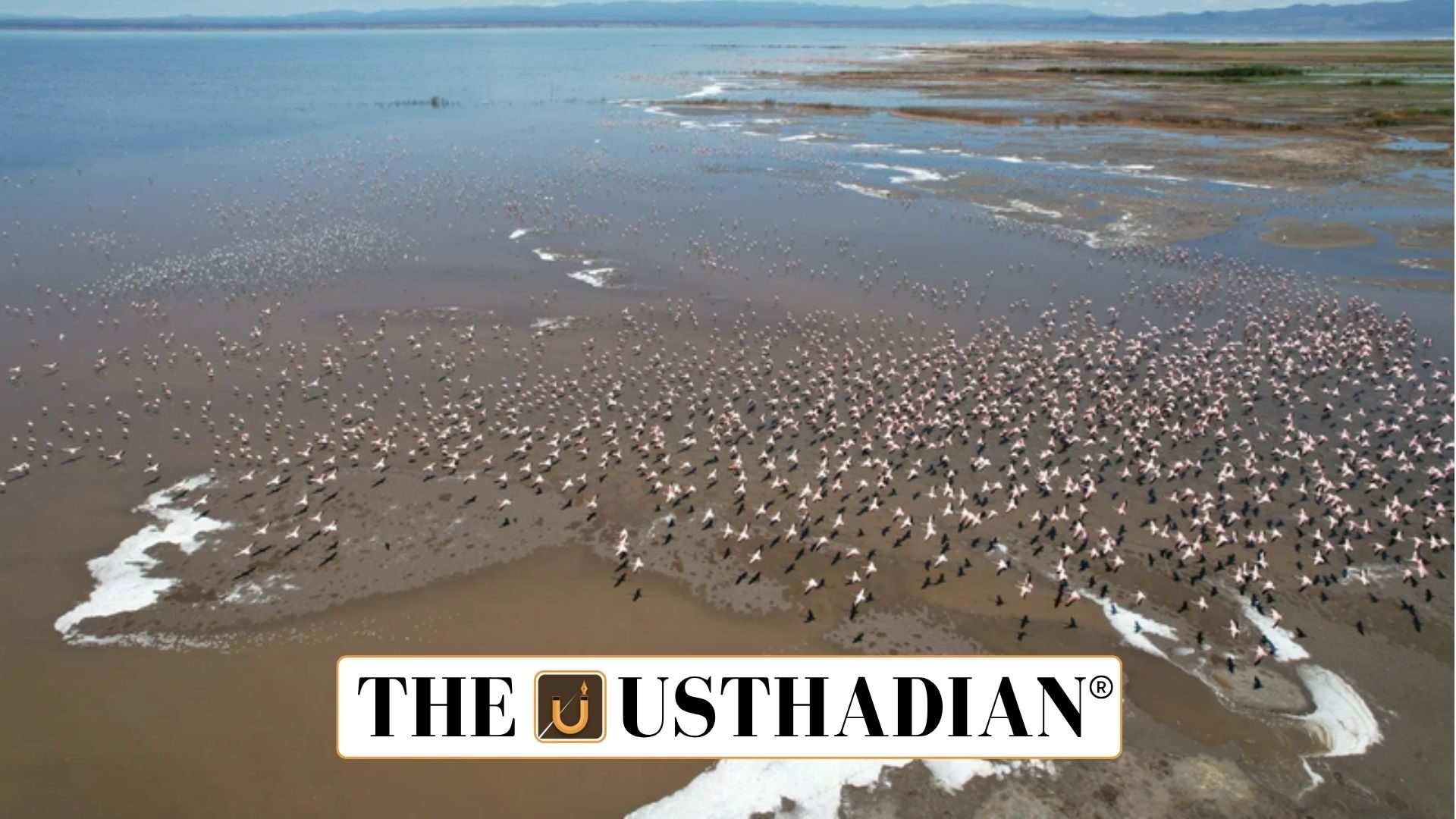Wetlands at the Heart of Global Sustainability
Ramsar COP15 Revives Global Action for Wetland Protection: The 15th Conference of the Contracting Parties (COP15) to the Ramsar Convention convened from 23 to 31 July 2025 in Victoria Falls, Zimbabwe. Over 3,000 delegates from 172 nations participated, responding to the critical decline of wetlands, which have shrunk by 35% since 1970.
Wetlands filter pollutants, regulate the water cycle, store carbon, and support diverse wildlife. Despite occupying only 6% of Earth’s surface, they contribute 7.5% of global GDP in ecosystem services. However, factors like urbanisation, agriculture, climate change, and development projects continue to degrade these ecosystems.
Static GK fact: The Ramsar Convention was signed in 1971 in Ramsar, Iran, and is the only global treaty focused exclusively on wetlands.
Key Decisions at Ramsar COP15
The Victoria Falls Declaration was unanimously adopted, urging countries to restore wetlands and integrate them into their climate and development frameworks. A proposal for a Global Wetland Restoration Fund was also discussed to financially support restoration initiatives.
Technological innovation and collaboration among governments, civil society, and private sectors were highlighted as crucial tools for reversing wetland degradation.
Zimbabwe’s Global Leadership
Zimbabwe officially took over the presidency of the Ramsar Convention for 2025–2028, succeeding China. The country presented its seven Ramsar Sites, including the iconic Victoria Falls, which is also a UNESCO World Heritage Site.
Zimbabwe pledged to promote wetlands as nature-based solutions for climate change, aiming to lead restoration efforts globally and set an example for other nations.
Static GK Tip: Victoria Falls is located on the Zambezi River between Zimbabwe and Zambia and is one of the world’s largest waterfalls.
Strategic Plan and Regional Unity
Regional groups from Africa, Asia, Europe, Oceania, the Americas, and the Caribbean held strategy meetings before the summit. Their sessions contributed to drafting resolutions and aligning conservation priorities across continents.
The adoption of the Strategic Plan 2025–2034 marked a key achievement. It outlines a decade-long roadmap for safeguarding wetland ecosystems globally.
Wetlands and the SDG Framework
COP15 reaffirmed the strong link between wetland conservation and the Sustainable Development Goals (SDGs). Wetlands directly contribute to clean water (SDG 6), climate action (SDG 13), life below water and on land (SDGs 14 & 15), and poverty reduction (SDG 1).
Wetlands also support agriculture, fisheries, eco-tourism, and disaster risk reduction, making them vital to sustainable economic development.
Static Usthadian Current Affairs Table
Ramsar COP15 Revives Global Action for Wetland Protection:
| Fact | Detail |
| Event | Ramsar COP15 (23–31 July 2025) |
| Host Country | Zimbabwe |
| Location | Victoria Falls |
| Attendees | 3,000+ delegates from 172 countries |
| Key Outcome | Victoria Falls Declaration |
| Zimbabwe’s Role | Took over Ramsar Convention Presidency |
| Decline in Wetlands | 35% since 1970 |
| Strategic Plan | 2025–2034 for global wetland protection |
| Proposed Fund | Global Wetland Restoration Fund |
| SDG Linkages | SDGs 1, 6, 13, 14, 15 |








